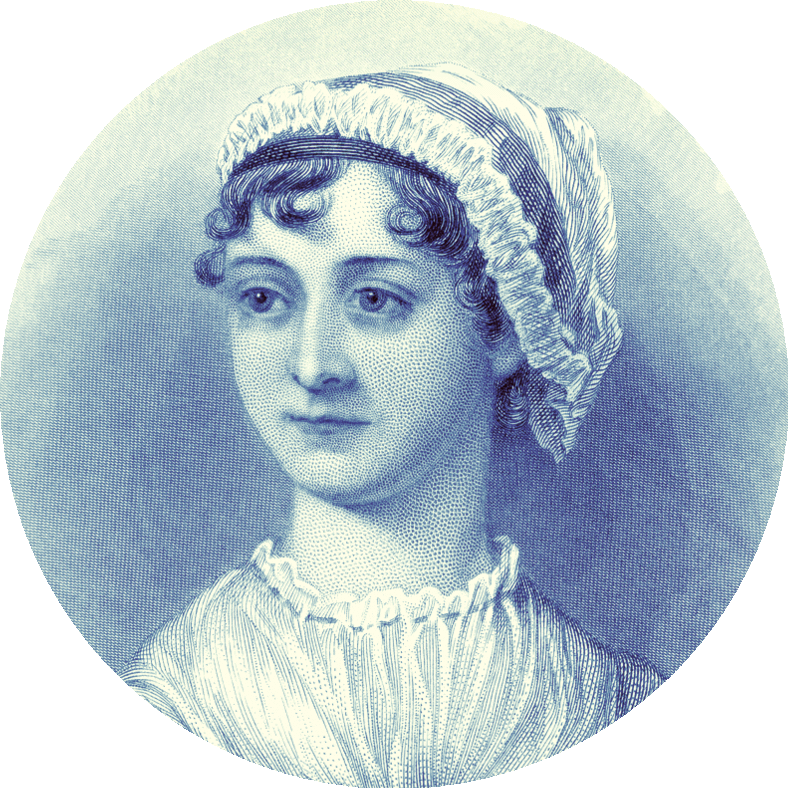Text Mining
USING TIDY DATA PRINCIPLES
Hello!

Let’s install some packages
WHAT IS A DOCUMENT ABOUT? 🤔
What is a document about?
- Term frequency
- Inverse document frequency
\[idf(\text{term}) = \ln{\left(\frac{n_{\text{documents}}}{n_{\text{documents containing term}}}\right)}\]
tf-idf is about comparing documents within a collection.
Understanding tf-idf
Make a collection (corpus) for yourself! 💅
Understanding tf-idf
Make a collection (corpus) for yourself! 💅
full_collection
#> # A tibble: 59,360 × 3
#> gutenberg_id text title
#> <int> <chr> <chr>
#> 1 141 "MANSFIELD PARK" Mansfield Park
#> 2 141 "" Mansfield Park
#> 3 141 "(1814)" Mansfield Park
#> 4 141 "" Mansfield Park
#> 5 141 "By Jane Austen" Mansfield Park
#> 6 141 "" Mansfield Park
#> 7 141 "" Mansfield Park
#> 8 141 "Contents" Mansfield Park
#> 9 141 "" Mansfield Park
#> 10 141 " CHAPTER I" Mansfield Park
#> # … with 59,350 more rowsCounting word frequencies
What do the columns of book_words tell us?
Calculating tf-idf
Calculating tf-idf
book_tf_idf
#> # A tibble: 29,055 × 6
#> title word n tf idf tf_idf
#> <chr> <chr> <int> <dbl> <dbl> <dbl>
#> 1 Mansfield Park the 6207 0.0387 0 0
#> 2 Mansfield Park to 5473 0.0341 0 0
#> 3 Mansfield Park and 5437 0.0339 0 0
#> 4 Emma to 5238 0.0325 0 0
#> 5 Emma the 5201 0.0323 0 0
#> 6 Emma and 4896 0.0304 0 0
#> 7 Mansfield Park of 4777 0.0298 0 0
#> 8 Pride and Prejudice the 4656 0.0364 0 0
#> 9 Pride and Prejudice to 4323 0.0338 0 0
#> 10 Emma of 4291 0.0266 0 0
#> # … with 29,045 more rowsThat’s… super exciting???
Calculating tf-idf
What do you predict will happen if we run the following code? 🤔
Calculating tf-idf
What do you predict will happen if we run the following code? 🤔
book_tf_idf %>%
arrange(-tf_idf)
#> # A tibble: 29,055 × 6
#> title word n tf idf tf_idf
#> <chr> <chr> <int> <dbl> <dbl> <dbl>
#> 1 Sense and Sensibility elinor 622 0.00518 1.39 0.00718
#> 2 Sense and Sensibility marianne 492 0.00410 1.39 0.00568
#> 3 Pride and Prejudice darcy 383 0.00299 1.39 0.00415
#> 4 Emma emma 786 0.00488 0.693 0.00338
#> 5 Pride and Prejudice bennet 309 0.00241 1.39 0.00335
#> 6 Emma weston 388 0.00241 1.39 0.00334
#> 7 Pride and Prejudice elizabeth 605 0.00473 0.693 0.00328
#> 8 Emma knightley 356 0.00221 1.39 0.00306
#> 9 Pride and Prejudice bingley 262 0.00205 1.39 0.00284
#> 10 Emma elton 319 0.00198 1.39 0.00274
#> # … with 29,045 more rowsCalculating tf-idf
U N S C R A M B L E
group_by(title) %>%
book_tf_idf %>%
slice_max(tf_idf, n = 10) %>%
ggplot(aes(tf_idf, fct_reorder(word, tf_idf), fill = title)) +
facet_wrap(vars(title), scales = “free”)
geom_col(show.legend = FALSE) +
Calculating tf-idf

WHAT IS A DOCUMENT ABOUT? 🤔
What is a document about?
- Term frequency
- Inverse document frequency
Weighted log odds ⚖️
- Log odds ratio expresses probabilities
- Weighting helps deal with power law distribution
Weighted log odds ⚖️
library(tidylo)
book_words %>%
bind_log_odds(title, word, n) %>%
arrange(-log_odds_weighted)
#> # A tibble: 29,055 × 4
#> title word n log_odds_weighted
#> <chr> <chr> <int> <dbl>
#> 1 Sense and Sensibility elinor 622 35.6
#> 2 Sense and Sensibility marianne 492 31.6
#> 3 Emma emma 786 29.3
#> 4 Pride and Prejudice darcy 383 27.5
#> 5 Pride and Prejudice elizabeth 605 26.9
#> 6 Emma weston 388 26.8
#> 7 Emma knightley 356 25.7
#> 8 Pride and Prejudice bennet 309 24.7
#> 9 Emma elton 319 24.3
#> 10 Mansfield Park crawford 493 23.2
#> # … with 29,045 more rowsWeighted log odds can distinguish between words that are used in all texts.
N-GRAMS… AND BEYOND! 🚀
N-grams… and beyond! 🚀
N-grams… and beyond! 🚀
tidy_ngram
#> # A tibble: 147,256 × 2
#> gutenberg_id bigram
#> <int> <chr>
#> 1 158 by jane
#> 2 158 jane austen
#> 3 158 volume i
#> 4 158 chapter i
#> 5 158 chapter ii
#> 6 158 chapter iii
#> 7 158 chapter iv
#> 8 158 chapter v
#> 9 158 chapter vi
#> 10 158 chapter vii
#> # … with 147,246 more rowsN-grams… and beyond! 🚀
Jane wants to know…

Can we use an anti_join() now to remove stop words?
- Yes! ✅
- No ☹️
N-grams… and beyond! 🚀
N-grams… and beyond! 🚀
bigram_counts
#> # A tibble: 6,526 × 3
#> word1 word2 n
#> <chr> <chr> <int>
#> 1 miss woodhouse 136
#> 2 frank churchill 110
#> 3 miss fairfax 101
#> 4 miss bates 95
#> 5 jane fairfax 90
#> 6 john knightley 47
#> 7 miss smith 45
#> 8 miss taylor 39
#> 9 dear emma 30
#> 10 maple grove 28
#> # … with 6,516 more rowsWhat can you do with n-grams?
- tf-idf of n-grams
- weighted log odds of n-grams
- network analysis
- negation
https://pudding.cool/2017/08/screen-direction/
Network analysis
Network analysis
bigram_graph
#> # A tbl_graph: 81 nodes and 68 edges
#> #
#> # A directed acyclic simple graph with 19 components
#> #
#> # Node Data: 81 × 1 (active)
#> name
#> <chr>
#> 1 miss
#> 2 frank
#> 3 jane
#> 4 john
#> 5 dear
#> 6 maple
#> # … with 75 more rows
#> #
#> # Edge Data: 68 × 3
#> from to n
#> <int> <int> <int>
#> 1 1 30 136
#> 2 2 31 110
#> 3 1 32 101
#> # … with 65 more rowsJane wants to know…

Is bigram_graph a tidy dataset?
- Yes ☑️
- No 🚫
Network analysis
Network analysis

Thanks!

Slides created with Quarto